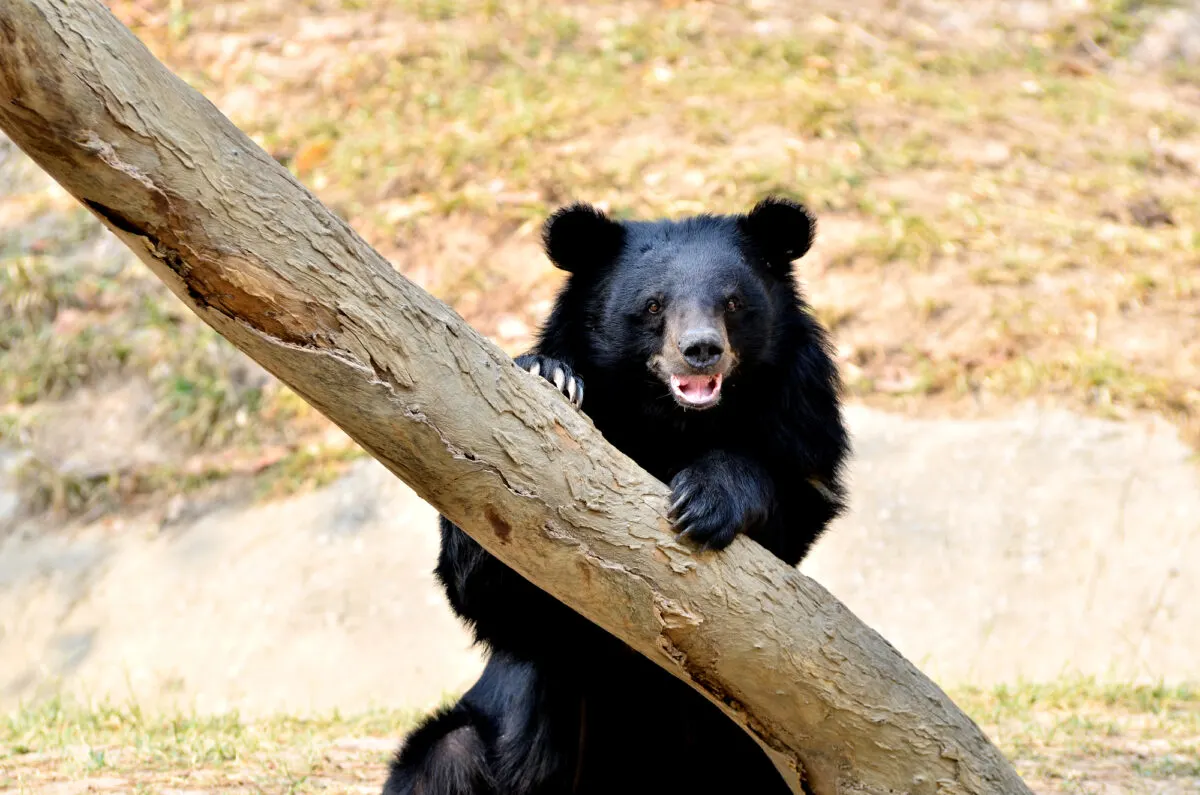Ohio’s black bear population has become a captivating topic of discussion among nature enthusiasts and wildlife experts. The resurgence of these magnificent creatures in the state has sparked curiosity and raised important questions about their presence and conservation.
This article delves into the intriguing world of Ohio’s black bears, shedding light on their characteristics, behavior, and efforts to manage their population.
Understanding the unique aspects of these bears and their interaction with humans can foster a deeper appreciation for Ohio’s wildlife and work toward peaceful coexistence.
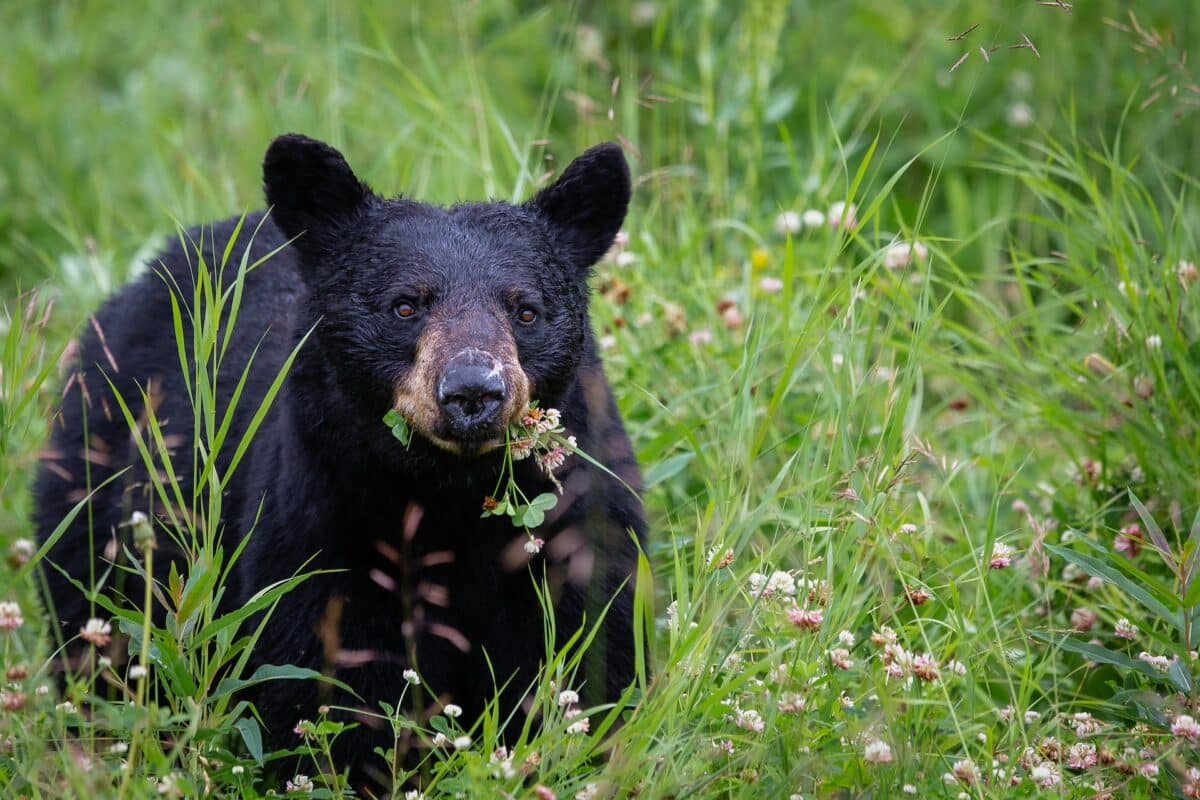
Jump ahead to ay section below!
Understanding Ohio’s Black Bear Population
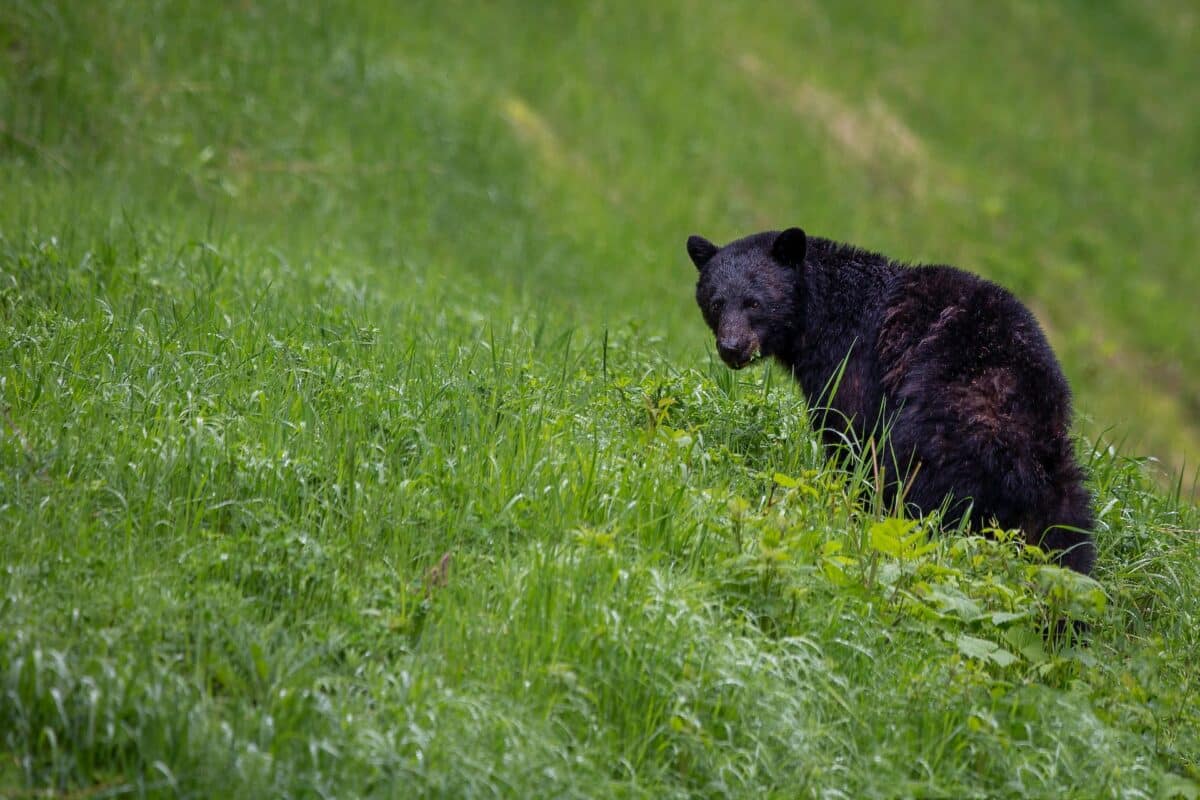
Ohio has a remarkable black bear population that has grown significantly in recent years. To comprehend the dynamics of this population, it is crucial to examine its historical context, current status, and the factors contributing to its growth.
- Historical Presence of Black Bears in Ohio
Black bears were once a common sight throughout Ohio but faced a decline in the 19th century due to unregulated hunting and habitat loss. By the early 20th century, the bear population had nearly vanished from the state.
- The Resurgence of Black Bears in Ohio
Ohio has witnessed a remarkable rebound in its black bear population in recent decades. The state’s vast forests and suitable habitat have returned these bears to their ancestral grounds.
Sightings and encounters with black bears have become more frequent, capturing the attention of both locals and wildlife experts.
- Recent Bear Population Surges
In 2014, Ohio experienced a notable surge in black bear sightings, particularly in the eastern and southern regions of the state. This surge sparked conversations about the growing bear population and raised concerns about human-bear interactions.
- Collaboration with Wildlife Management
ODNR precisely known as the Ohio Department of Natural Resources – has actively monitored and managed the black bear population. The ODNR conducts extensive research, implements conservation measures, and works with locals to ensure the coexistence of humans and bears.
Learn more about Black Bears through official wildlife management sources like National Geographic.
Check out: River Showdown: Otter Outwits A Crocodile.
Characteristics and Behavior of Black Bears
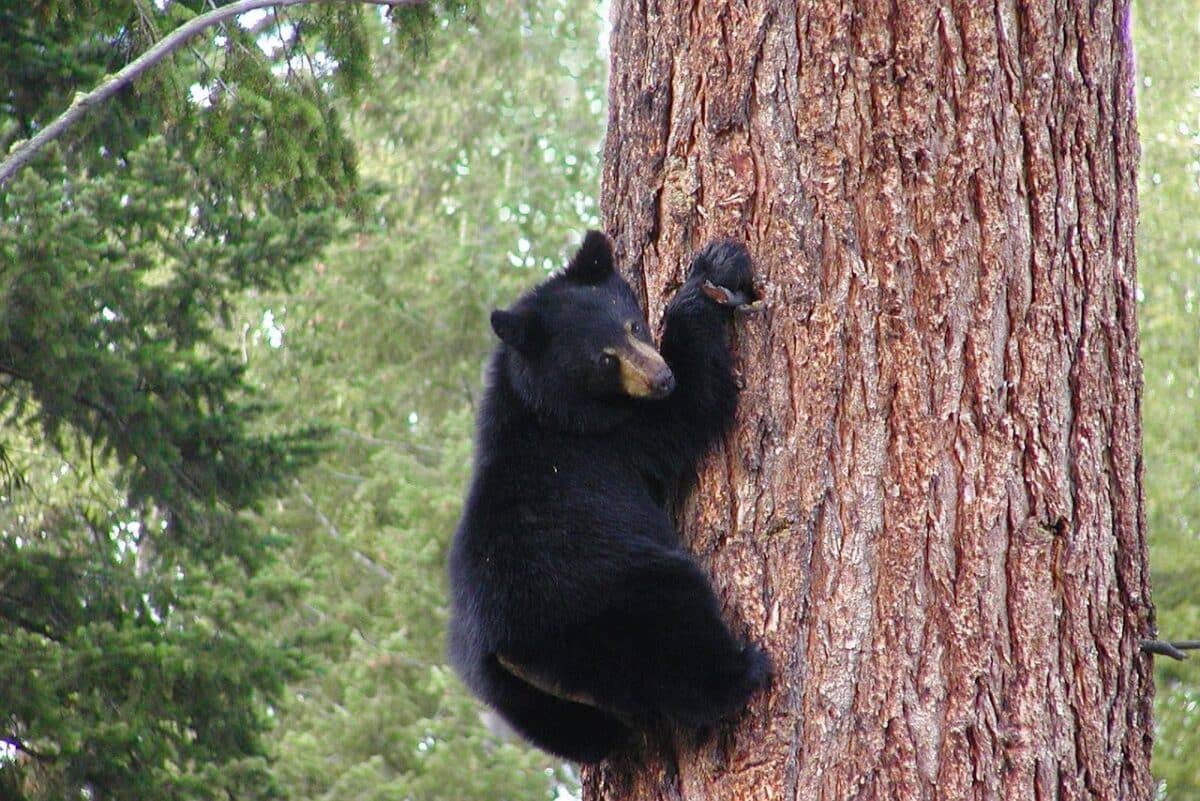
To truly appreciate Ohio’s black bear population, it is essential to understand its distinctive characteristics and behavior. We can foster a better understanding of these remarkable creatures by dispelling misconceptions and gaining insights into their nature.
- Physical Characteristics of Black Bears
Ursus americanus are medium-sized mammals known for their robust build and distinctive black fur. However, it is worth noting that black bears can also exhibit color variations, including brown, cinnamon, and even blond coats. They possess strong limbs, sharp claws, and a keen sense of smell, making them formidable forest dwellers.
- Typical Behavior and Habits
Black bears are creatures who generally prefer to live and forage alone. However, in areas with plentiful food resources, they may congregate.
They are omnivores, with their diet consisting of various foods such as nuts, berries, insects, and sometimes small mammals. Contrary to popular belief, black bears are typically docile and prefer to avoid human encounters.
- Addressing Misconceptions
Misconceptions about black bears often stem from misunderstandings and sensationalized media portrayals. While it is important to exercise caution and respect when encountering bears, it is equally crucial to recognize that they are generally not aggressive toward humans unless provoked or if they perceive a threat to their cubs or food sources.
By understanding the physical characteristics and behavior and debunking common misconceptions about black bears, we can develop a deeper sense of respect and coexistence with these magnificent creatures.
Human-Bear Interactions and Nuisance Concerns
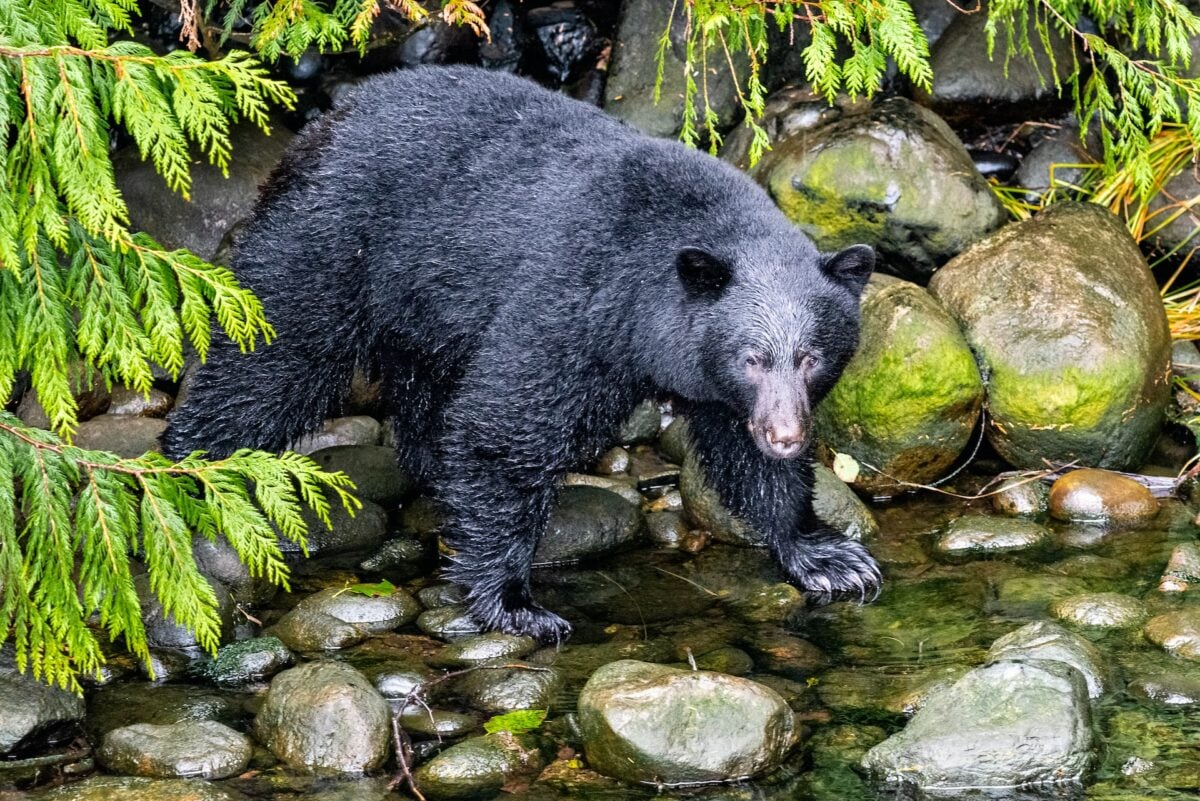
As Ohio’s black bear population grows, addressing the potential conflicts and concerns arising from human-bear interactions is essential. By understanding how to minimize these interactions and prevent nuisance situations, we can ensure the safety of both humans and bears.
- Potential Conflicts between Humans and Black Bears
While black bears are generally non-aggressive towards humans, certain situations can lead to conflicts. These may arise when bears come into proximity to human settlements in search of food or when their natural habitat is encroached upon by human activities.
- Nuisance Bear Situations
Bears may sometimes exhibit nuisance behavior, such as raiding garbage cans, bird feeders, or crops. These situations can be disruptive and pose risks to both bears and humans. We must promptly address these issues and responsibly prevent further escalation.
To minimize human-bear conflicts, it is crucial to adopt preventive measures. These include securing trash cans, removing potential food sources from outdoor areas, and installing electric fencing around beehives or gardens.
Additionally, individuals living in bear-populated areas should be knowledgeable about bear behavior and follow guidelines provided by wildlife management agencies.
- Responsible Waste Management and Food Source Security
Proper waste management is crucial in reducing bear attraction to human settlements. This involves using bear-resistant trash containers. Additionally, using disposing of food waste properly, and keeping outdoor areas clean and free of enticing odors.
Ohio’s Efforts in Black Bear Management
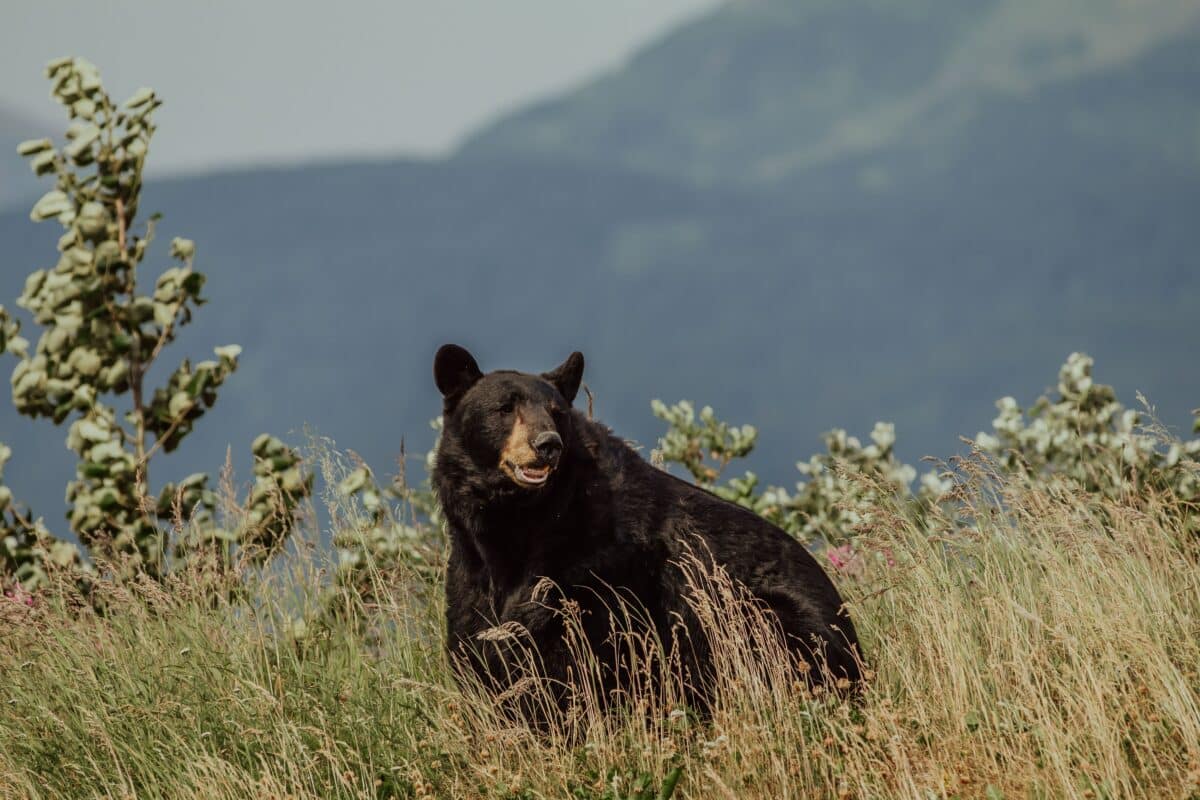
Ohio’s black bear population is managed through a comprehensive approach to ensure the well-being of bears and humans. The ODNR is crucial in implementing strategies and initiatives to maintain a balanced coexistence.
- Ohio Department of Natural Resources (ODNR)
The ODNR oversees the state’s wildlife management and conservation efforts, including managing the black bear population. The department conducts research, monitors bear activity, and collaborates with local communities to address bear-related concerns.
- Bear Conservation and Public Education
The ODNR emphasizes public education and awareness programs to promote responsible behavior and safe interactions with black bears. These programs provide information on bear behavior, proper waste management, and steps to take in case of bear encounters.
Workshops, presentations, and educational materials are available to residents to foster a better understanding of black bears and their conservation needs.
- Bear Sighting Reporting and Monitoring
The ODNR encourages the public to report black bear sightings to aid in monitoring and managing the bear population effectively.
Wildlife officials can make informed decisions regarding conservation strategies and potential interventions by collecting bear movement patterns and distribution data.
Check out: Explore Florida’s Bull Shark Population.
The Future of Ohio’s Black Bears
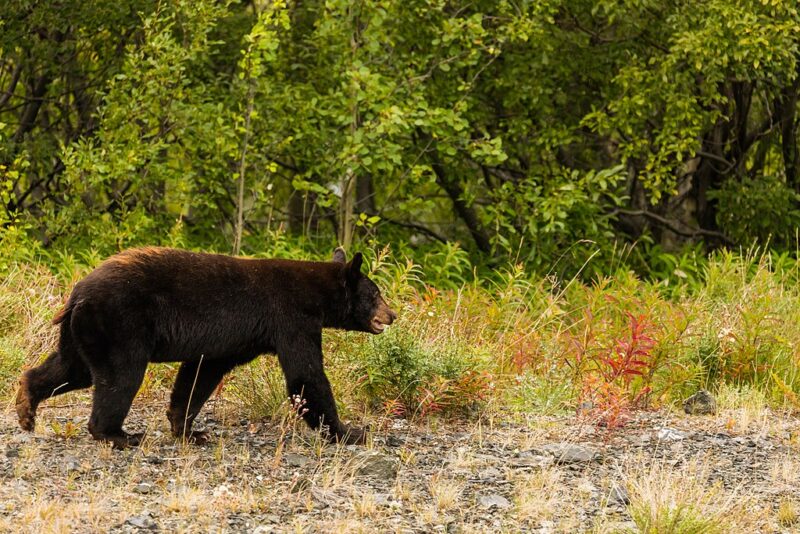
The resurgence of Ohio’s black bear population presents opportunities and challenges for the future. As we strive for coexistence and conservation, ongoing support and proactive measures are crucial to ensure the long-term viability of these remarkable creatures.
- Continued Population Growth
With suitable habitats and favorable conditions, Ohio’s black bear population is expected to grow. This population expansion highlights the success of conservation efforts and the importance of preserving their habitats to sustain a thriving bear population.
- Balancing Conservation and Human Interactions
As black bears expand their range and come into closer proximity with human settlements, striking a balance between conservation and minimizing potential conflicts becomes paramount. Effective management strategies, public education, and responsible behavior are essential to maintain a harmonious relationship with black bears.
- Collaborative Efforts and Community Involvement
The future of Ohio’s black bears relies on the collective efforts of wildlife management agencies, local communities, and individuals. Collaborative initiatives, such as reporting bear sightings, implementing preventive measures, and supporting conservation programs, play a vital role in ensuring the well-being of both bears and humans.
Key Points
| Ohio has witnessed a resurgence in its black bear population, which had declined in the past due to hunting and habitat loss. |
| Black bears in Ohio have a robust build and distinctive black fur, but coat color variations can occur. They are generally docile and prefer to avoid human encounters. |
| Potential conflicts can arise when bears come close to human settlements in search of food, emphasizing the need for responsible waste management and food source security. |
| The Ohio Department of Natural Resources (ODNR) plays a crucial role in managing the black bear population through research, education, and monitoring. Public involvement and reporting of bear sightings are encouraged. |
| Ohio’s black bear population is expected to continue growing, necessitating a balance between conservation and minimizing conflicts. Collaborative efforts and community involvement are key to ensuring a thriving bear population. |
The Bottom Line
Overall, Ohio’s black bear population has made a remarkable comeback. Furthermore, captivates the attention of wildlife enthusiasts and highlights the importance of conservation efforts. So, as we explore these magnificent creatures’ characteristics, behavior, and management, it becomes clear that peaceful coexistence and responsible actions are key to their future.
Moreover, by fostering public awareness, implementing preventive measures, and supporting collaborative initiatives, we can ensure the continued success of Ohio’s black bear population.
Therefore, let us embrace the opportunity to appreciate and protect these fascinating animals. Who contribute to a future where humans and bears coexist harmoniously, preserving the beauty and diversity of Ohio’s wildlife for the future.
Learn more with Ohio’s wildlife center!
If you enjoyed this article, see below for our related animal articles!
Next up: Meet Washington’s Black Bear Population, Explore Black Bear Habitats in Upstate New York, The Wolverine Takes On A Bear, Witness the Wolverine’s Clash with a Wolf, and King Of The Jungle: A Showdown Between A Tiger And A Bear.
Join our Forum for free today!

- Why Do Zebras Have Stripes - July 23, 2024
- Huge Pet Bison Breaks Into House - July 22, 2024
- Giant Black Bear Surprises Beachgoers by Emerging from the Ocean in Florida - July 22, 2024

